7 plants never to grow in a small backyard – to avoid vigorous creepers competing for space
Give these unmanageable plants a wide berth if you have a small outside space
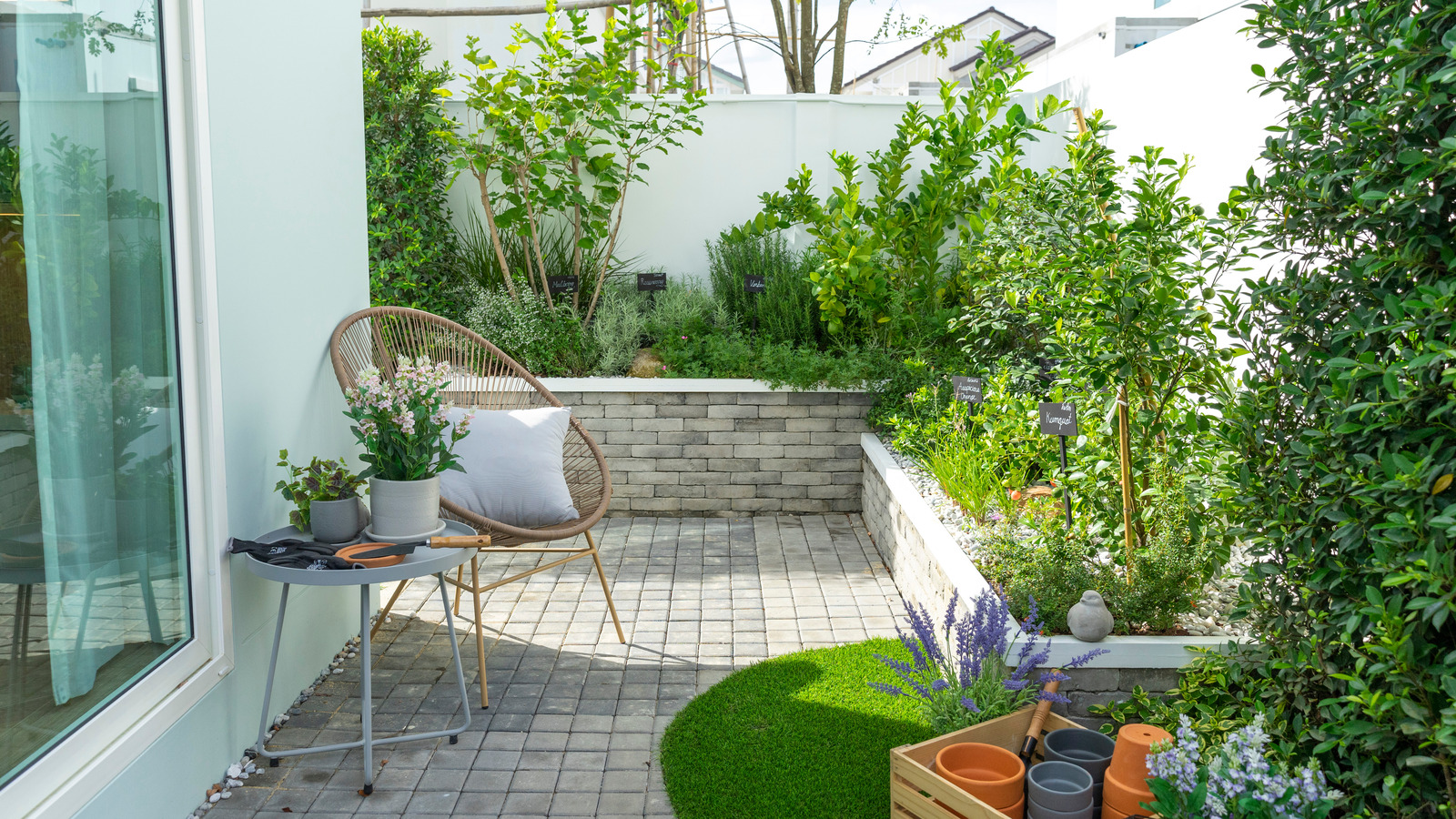
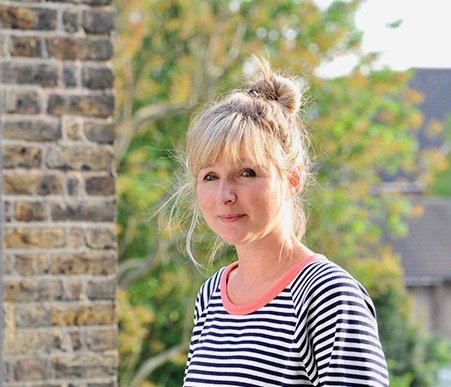
With any small space, deciding what to fill it with takes careful planning. Growth habits of plants are as important a consideration as color, size, scale and style. For this reason, there are a number of plants never to grow in a small backyard.
When considering small backyard ideas there are plenty of plants to choose from; whether trees and bushes, shrubs, climbers, annuals, perennials, and even edibles. So it can help to narrow down the options.
Plants that are invasive and can cause harm to local wildlife or buildings are best avoided, as are those that grow extremely fast and smother other species. Horticulturalists and gardeners have revealed to us the plants that are best avoided in a small backyard.
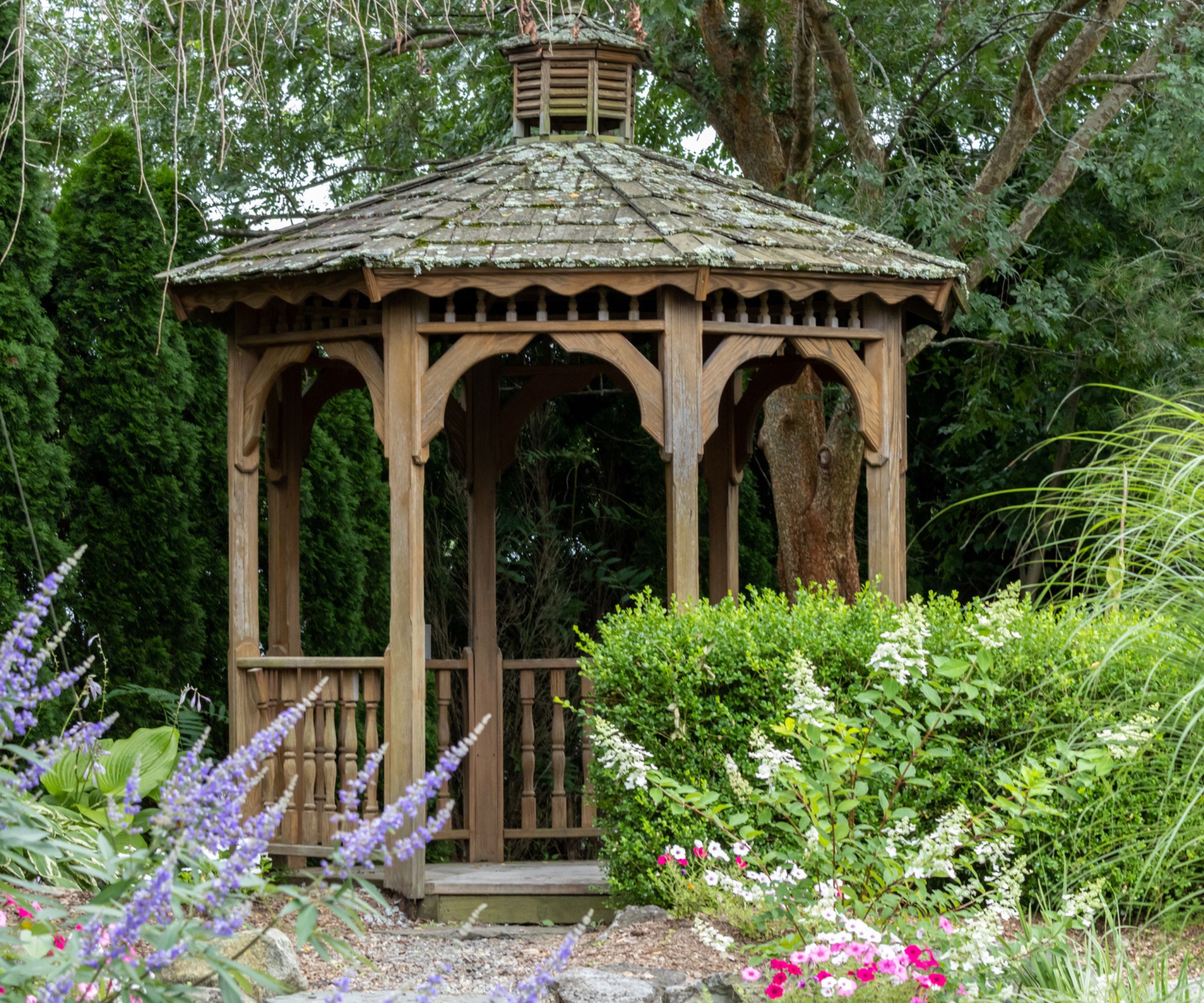
7 plants never to grow in a small back yard
'When planning a small backyard, careful plant selection is essential,' says Daniel Eginton, founder, Daniel Eginton Landscape Architects. 'Some plants grow too large, spread invasively, or require high maintenance, making them poor choices for limited spaces.'
1. Chocolate vine (Akebia quinata)
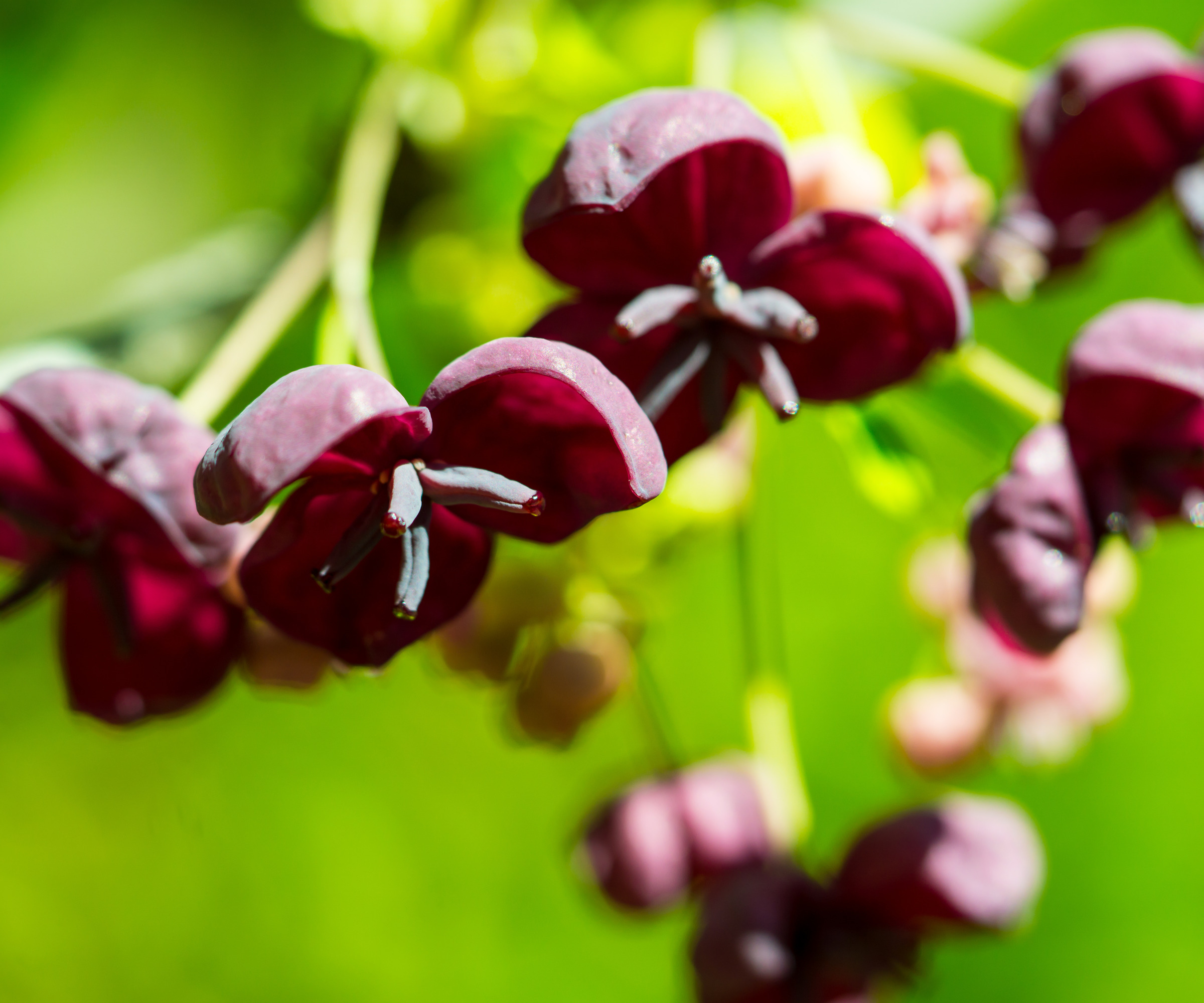
This fast-growing climbing plant has fragranced, deep maroon flowers and can grow up to 24-36 feet (8-12 metres) tall and 24 feet (8 metres) wide, so it can rapidly take over small spaces.
According to the Invasive Plant Atlas of the United States, Akebia quinata was introduced to the US from eastern Asia in 1845 as an ornamental. However, it has become invasive in the eastern US, spreading into forested areas, where it can smother small trees and shrubs.
'Fences and trellises are great in small yards as vertical spaces to grow more plants,' says Kim Eierman, founder, EcoBeneficial and author, The Pollinator Victory Garden, available at Amazon. 'However, choose carefully, and skip invasive non-native vines like English and Boston ivy, Chinese and Japanese wisteria and chocolate vine, as they can disrupt ecosystems and cause environmental harm.
Instead, Kim suggests planting 'well-behaved native vines, such as coral honeysuckle (Lonicera sempervirens) and Virgin’s Bower (Clematis virginiana), which offer beautiful flowers while serving as pollinator magnets and larval host plants.'
This Honeysuckle Lonicera Sempervirens 'Major Wheeler' from Nature Hills has beautiful red flowers that will attract butterflies and hummingbirds.
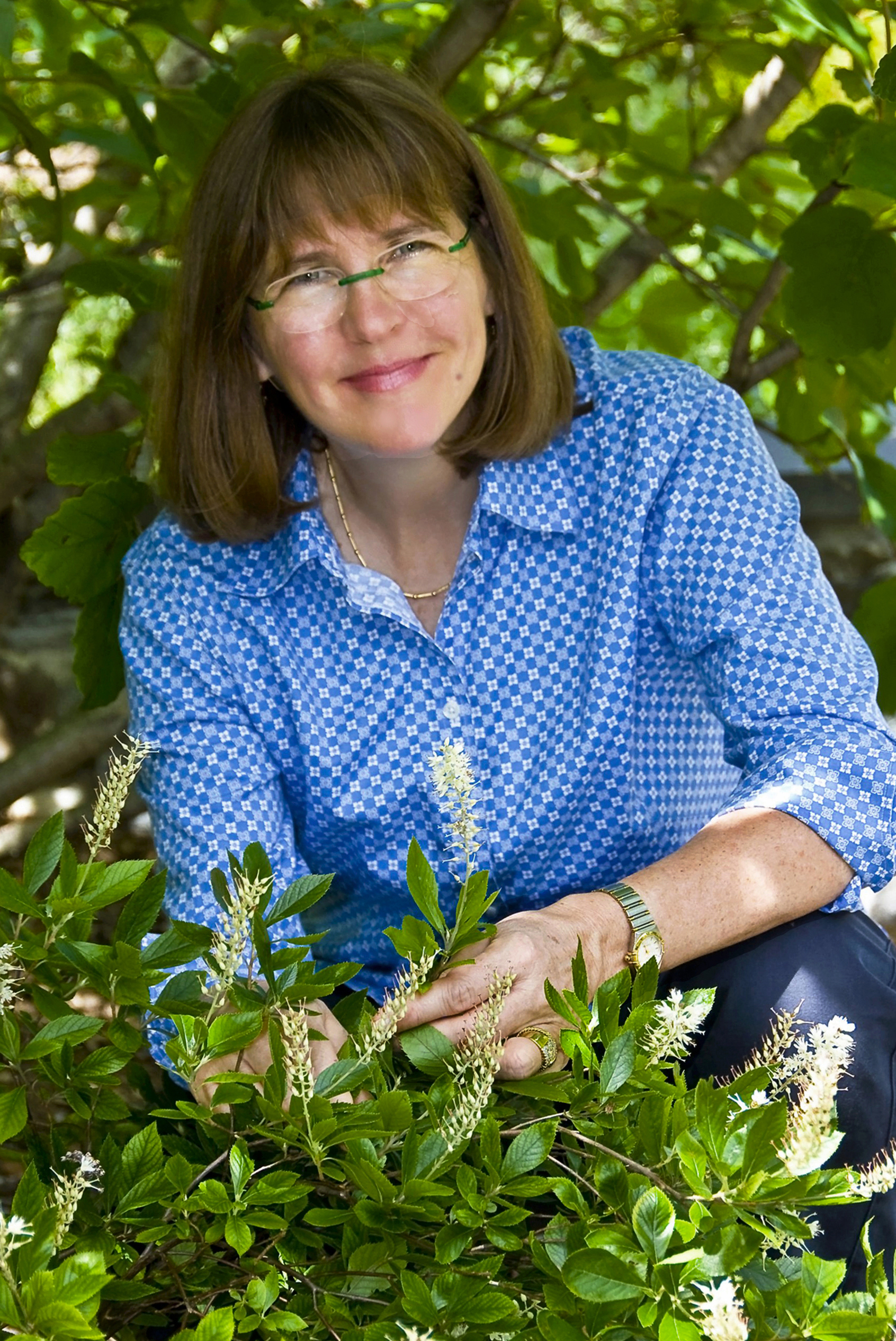
Kim Eierman is the Founder of EcoBeneficial LLC. She is an ecological landscape designer and environmental horticulturist specializing in native plants. Based in New York, Kim teaches at the New York Botanical Garden, the Brooklyn Botanic Garden, The Native Plant Center and the Massachusetts Horticultural Society.
2. Common Persimmon (Diospyros virginiana)
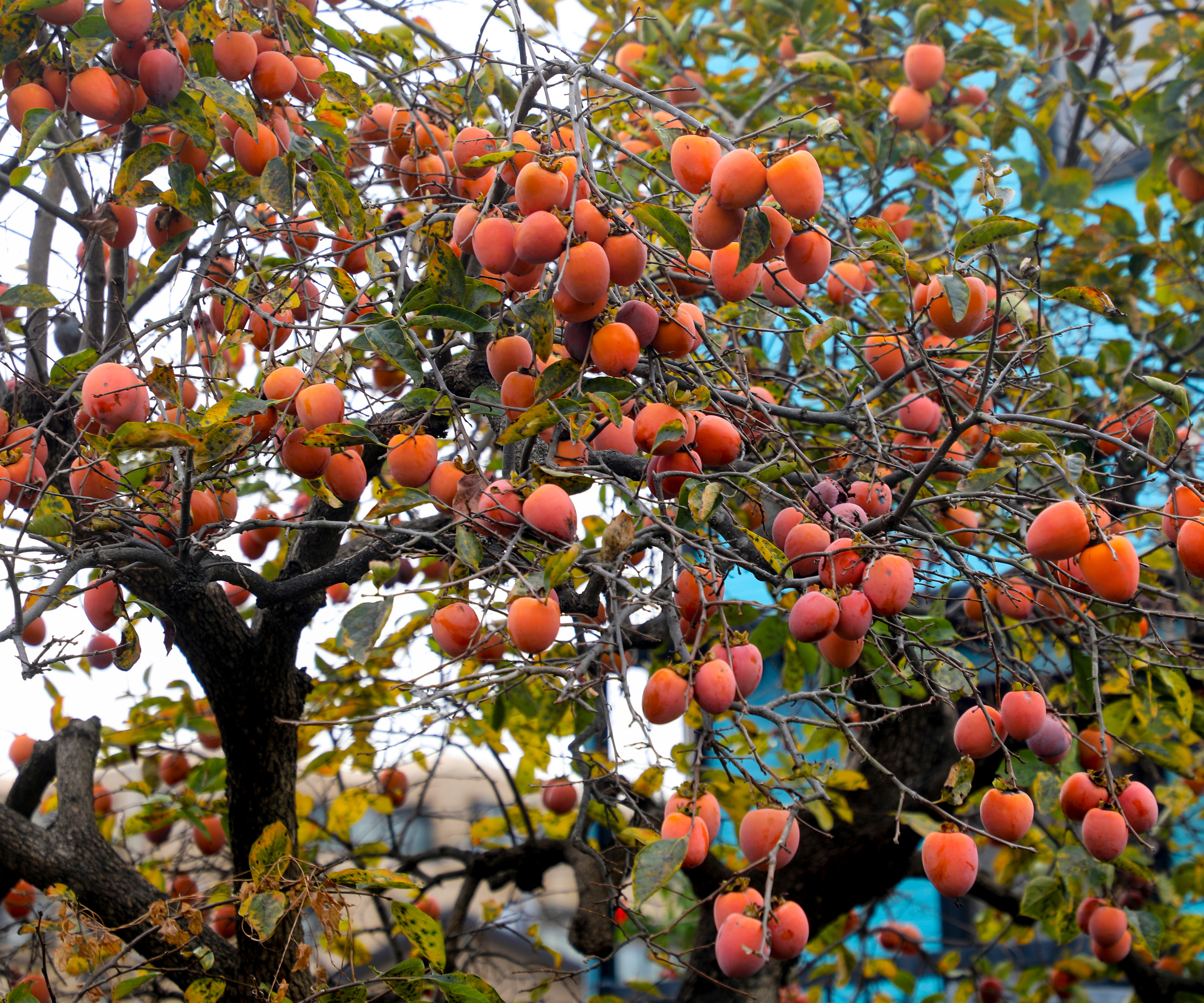
Being able to grow and eat your own food is rewarding, and it's back as a big garden trend. So planting fruit trees in your backyard is a wonderful idea. If you're wondering where to start, growing what you like to eat is a good rule of thumb.
However, do ensure that what you choose is one of the best fruit trees for small gardens. As not all will be suitable in a limited space, such as the common persimmon.
'Space limitations can be challenging when selecting fruit trees for small yards,' says Kim Eierman. 'Dioecious trees, which require planting both male and female plants for cross pollination and fruit production, can be especially problematic because you need two trees.
'Our native common persimmon (Diospyros virginiana) produces edible fruit on female trees, but it must be pollinated by a male tree. A workaround for a small backyard can be a self-fertile, grafted cultivar, which has both male and female flowers parts, like Diospyros virginiana ‘Meader.’ This allows you to save space, while still getting the tasty fruit.'
If you'd like to grow other types of fruit, the Meiwa Sweet Kumquat tree from Fast-Growing Trees is self-pollinating, cold hardy and has a moderate growth-rate, so is ideal for a small backyard.
3. Bradford pear (Pyrus calleryana)
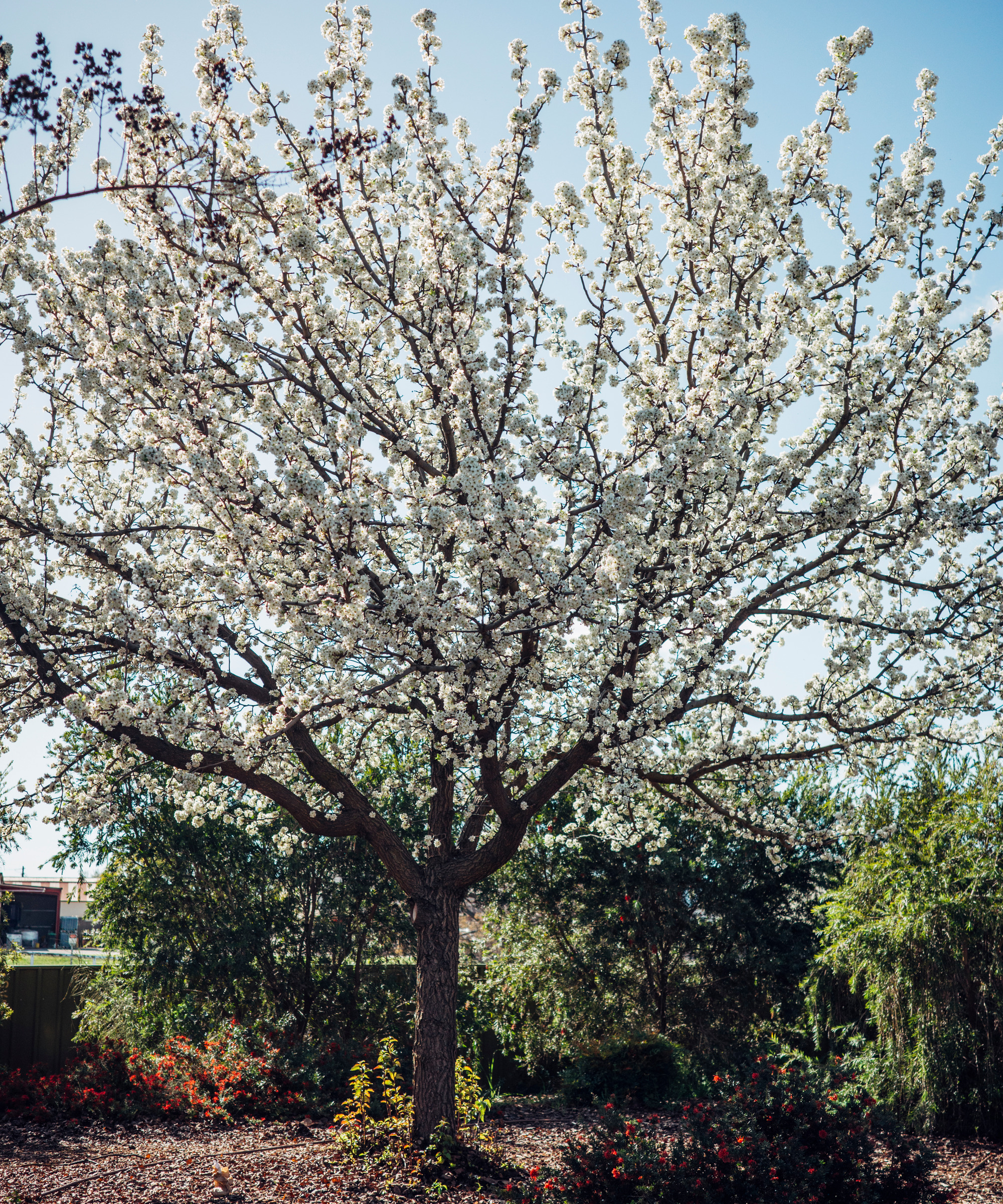
Ornamental flowering trees can be beautiful, but do your research, particularly if you're not blessed with plenty of space, as not all species will suit - and some may even be harmful to birds and other wildlife. The Bradford pear is one such tree never to plant in a small backyard for a number of reasons.
'The Bradford pear may be a popular choice for its spring blossoms, but it’s problematic in several ways,' says Daniel Eginton. 'Bradford pears grow up to 50 feet tall and 30 feet wide, far too large for most small yards.
'Their branches grow in tight clusters along the main trunk, making them prone to breaking during windstorms.
'They are highly invasive too. They cross-pollinate with other pear varieties, creating wild hybrids with viable seeds that birds spread widely, resulting in thorny, weedy saplings that choke out native species.
'Bradford pears don’t support leaf-eating insects needed by birds either, reducing the tree’s benefit to local ecosystems. In addition, the blossoms are often described as smelling like rotting fish - an unwelcome scent in any yard, let alone a small one.'

Daniel graduated from the University of New York with a degree in Ornamental Horticulture in 1990 and graduated from the University of Georgia’s Environmental Design School in 1993 with a bachelor’s degree in Landscape Architecture. His lifetime of experience has developed a "less is more" philosophy and a passion for native planting and sustainable design principles that guide the firm today.
4. Trumpet Vine (Campsis Radicans)
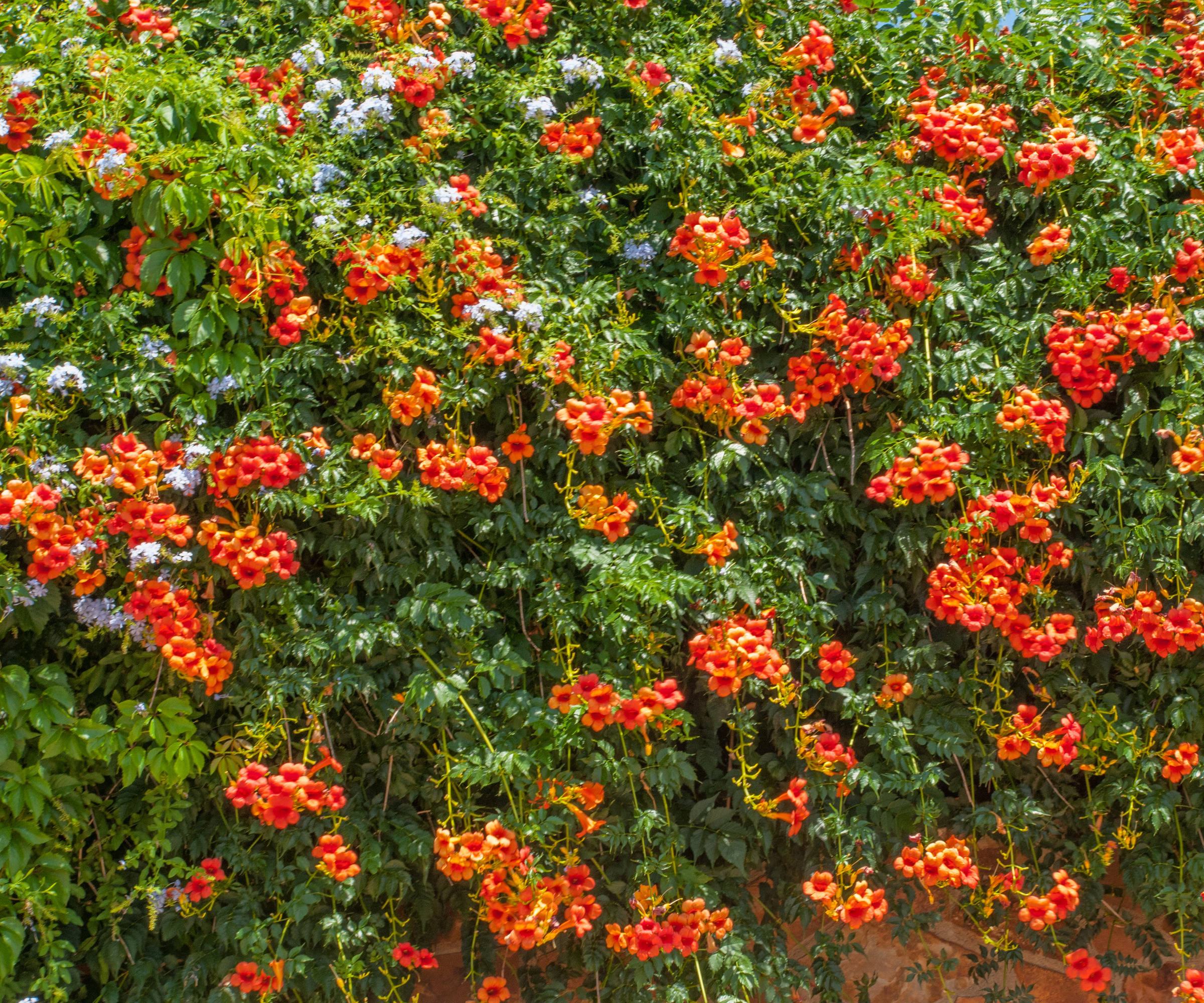
Native to eastern North America, the trumpet vine, also called trumpet creeper, has lovely orange blooms which attract hummingbirds. This sounds like a great reason to have it climbing over a garden wall or fence. However, this climber grows vigorously, reaching up to 33 feet, and it has the potential to become invasive, outside of its natural area. It requires ruthless pruning.
'Known for its beautiful, trumpet-shaped flowers, trumpet vine spreads vigorously and can overwhelm smaller gardens,' says Mike Murphy, owner, You Had Me At Gardening.
'Trumpet vine not only spreads through underground roots but also self-seeds easily, meaning it can take over quickly. It’s best suited for larger areas where its aggressive growth won’t pose a problem.'

Mike grew up gardening with his parents and grandparents. In addition to his perennials, Mike enjoys sprouting new fruit and vegetable seeds every spring. He has been trained in waterwise landscaping and has installed his own landscaping and foodscaping property that not only saves thousands of gallons of water per year but is also beautiful and produces much of his family's fruit and vegetables.
5. Creeping Jenny (Lysimachia nummularia)
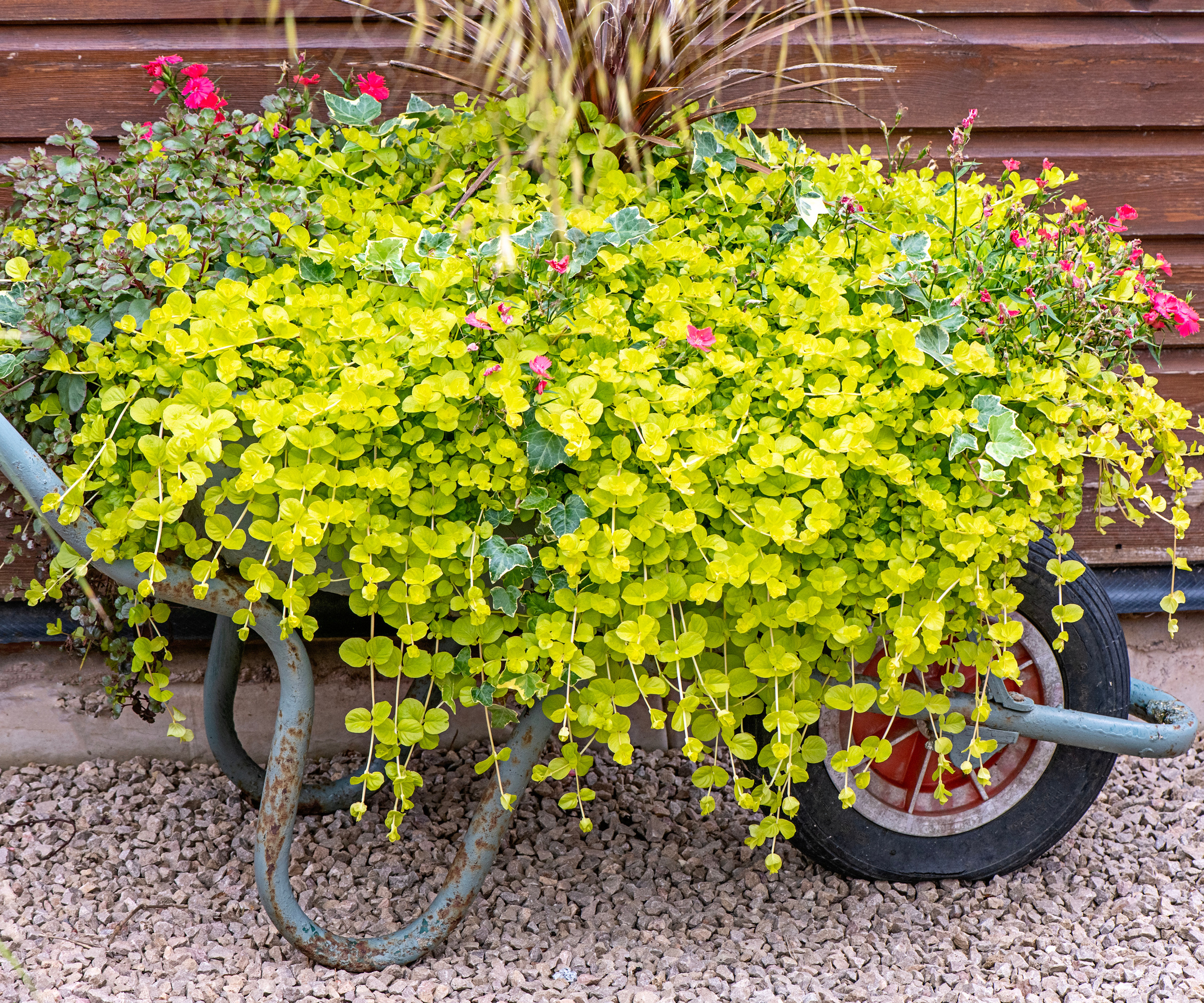
This pretty creeping plant with its bright yellow flowers and green or gold leaves is a hardy perennial that is native to the UK. However, it's not recommended for small garden beds, due to its aggressive nature.
'This low-growing plant spreads rapidly, creating a dense mat that can choke out other plants,' says Mike Murphy. 'While often used as ground cover, in small yards, it can overrun beds and limit space for other plants.
'Creeping Jenny is hard to remove once it takes hold, so it’s best to use it sparingly or in containers where it can be kept in check.'
6. Running bamboo (Phyllostachys spp.)
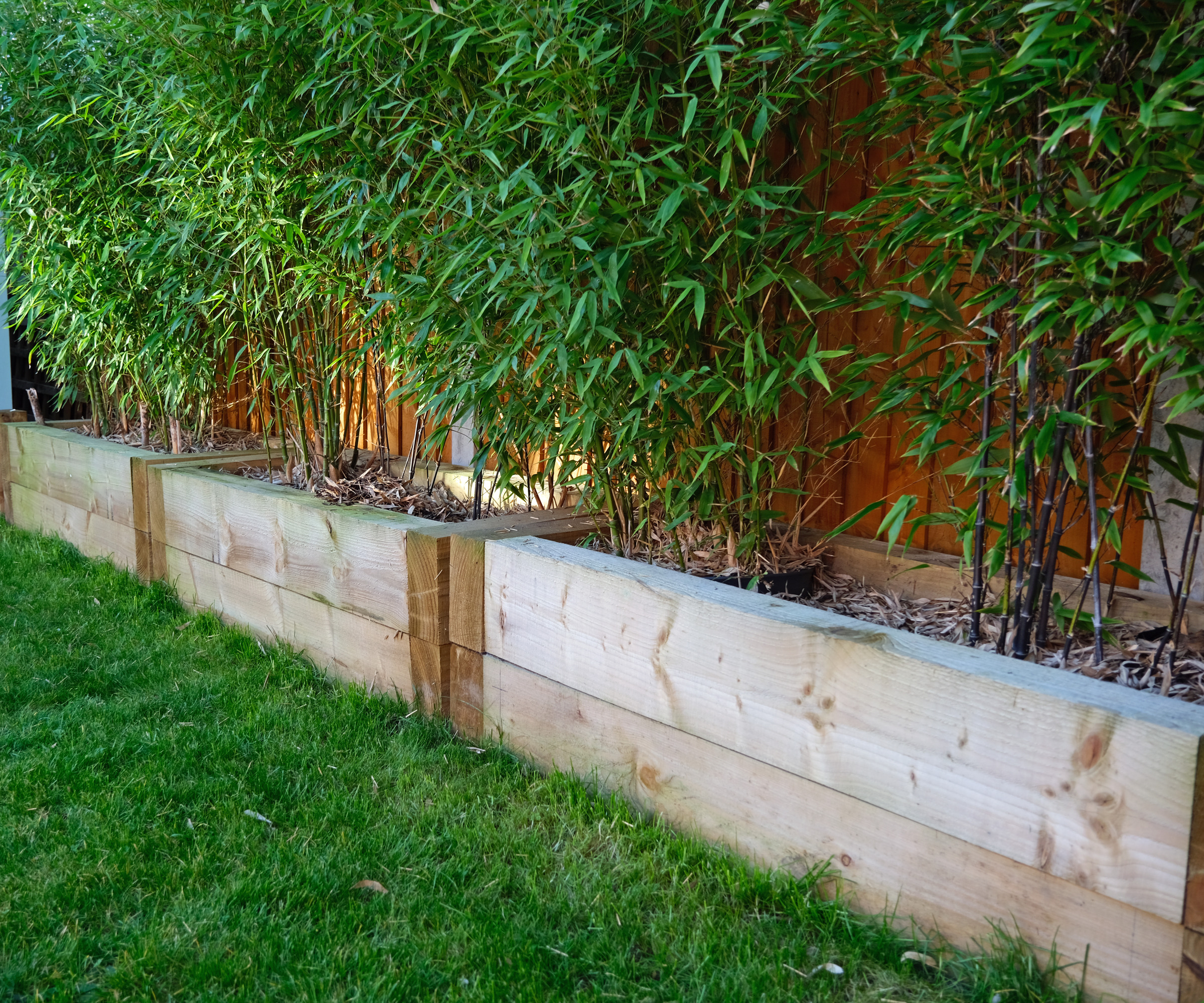
'Running' bamboo is popular as a living fence idea, due to its luscious looks and fast-growing nature. However, it's this rapid growth habit that can cause issues in small spaces, and beyond.
'Although bamboo can create a lush, tropical feel, it’s best avoided in small yards due to its rapid spread,' says Mike Murphy. 'Bamboo, particularly Phyllostachys species, sends out underground runners that can pop up far from the original plant, sometimes even in neighboring yards.
'Once established, bamboo is incredibly difficult to control or remove. For a similar visual effect in small spaces, consider ornamental grasses instead.'
7. Mint (Mentha)
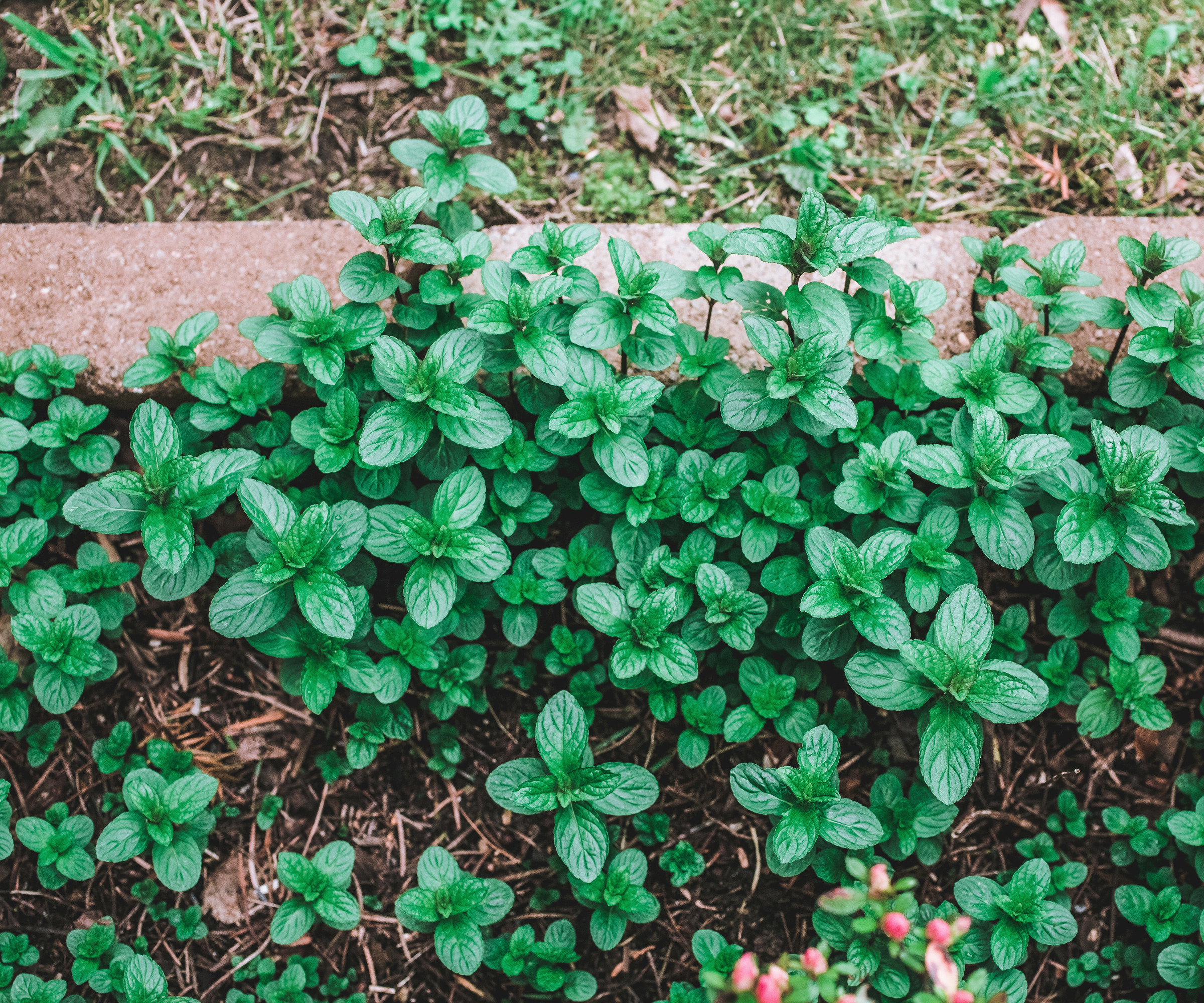
Mint is a wonderful, aromatic plant to have in a herb garden. So we're not saying don't grow mint at all. Just don't plant it in your flower beds if you have a small backyard. Consider growing this herb in pots instead.
'I regularly hear, "oh, I wish I had never planted mint!" or whatever it is that doesn't stay in it's place,' says Mike. 'Mint smells great and its leaves are appealing, but it spreads aggressively through underground runners that can quickly take over a small area.
'Once it’s established, it tends to outcompete other plants. Growing mint in containers is a great alternative to keep it contained and prevent it from overtaking your garden beds.'
If you do want to grow mint in a small backyard, plant it in a container like this raised planter bed from True Leaf Market.
By avoiding invasive, aggressive or fast-growing plants in a small backyard, you'll create a balanced space that requires less labour.
'When planning out a small backyard, choosing the right plants is essential to avoid overcrowding,' says Mike Murphy. 'I prefer densely planting wildflower-type gardens. They are great for the bees and butterflies and pretty to look at. Choose your plants wisely and it'll cut down on the maintenance time to keep them restrained.'
Sign up to the Homes & Gardens newsletter
Design expertise in your inbox – from inspiring decorating ideas and beautiful celebrity homes to practical gardening advice and shopping round-ups.
Jacky Parker is a freelance lifestyle journalist and writer, producing a wide range of features for magazines and websites. She has written for Homes & Gardens and its sister titles, Livingetc and Country Homes & Interiors for more than 15 years, both as a freelance contributor and staff member, regularly reporting on the latest interiors, gardens and lifestyle inspiration, speaking to experts in their respective fields and discovering the newest tips.
-
 5 surprising but brilliant ways to clean with old socks – from perfectly buffing stainless steel to deterring pests naturally and more
5 surprising but brilliant ways to clean with old socks – from perfectly buffing stainless steel to deterring pests naturally and moreTackle dust in tricky corners, clean your mirrors and even banish bad odors with those rogue single socks
By Andy van Terheyden Published
-
 How to grow astilbe – expert advice on cultivating this shade-tolerant flowering perennial
How to grow astilbe – expert advice on cultivating this shade-tolerant flowering perennialShade-tolerant and pest-resistant - astilbe are hardy and tough perennials that can thrive in many settings
By Ellen Wells Published